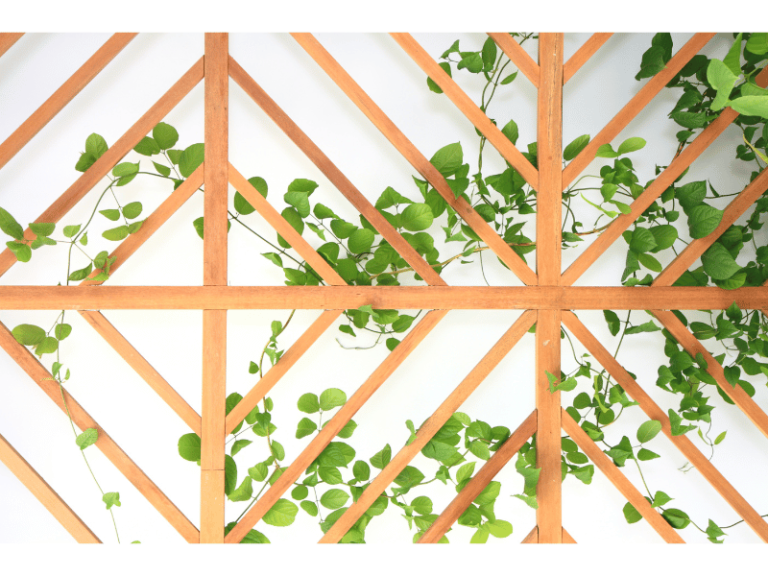Everyone has seen morning glories; they bloom with purplish-red trumpet-shaped flowers that everyone loves.
Morning glories are experts at climbing. As long as you stick a bamboo pole or pull a rope next to their seedlings, in just a few days, they will wind around the bamboo pole or rope, climbing higher and higher, even up to several yards high.
Besides morning glories, many other plants can climb, such as pumpkins, loofahs, cucumbers, Boston ivy, grapes, and so on. We collectively refer to them as climbing plants.
The famous biologist Darwin noticed these kinds of plants early on. Once, to study these climbing plants, he found a vine called hop and kept it at home, watching it climb day and night without sleeping.
At first, the long stem of the hop plant stretched out in the air. Interestingly, it soon began to make a kind of rotational movement. Darwin tied this long stem to a bamboo pole, leaving only the very tip untied.
The exposed section of the stem initially grew upright, but soon it changed. Some protruding parts concaved, and then it started its rotational movement.
Climbing plants rely on this kind of rotational movement to climb poles.
How do climbing plants develop the ability to grow in a rotating manner? Initially, this was a very difficult question to explain. It wasn’t until the development of the auxin theory that this question received a more satisfactory explanation.
It turns out that there is a type of growth hormone within plants called auxin. This auxin can sometimes accelerate cell growth and sometimes inhibit it. Therefore, by relying on the distribution of auxin within the plant, the growth rate of the stem becomes uneven. Sometimes the left side grows faster than the right, and sometimes the right side grows faster than the left. This initiates the rotational growth, giving the plant its climbing ability.
The climbing methods of plants like loofahs and cucumbers differ from those of morning glories and hops. They grow many tendrils. These tendrils are very sensitive, and once they encounter something like a bamboo pole or rope, they immediately coil tightly around it. Cucumbers rely on the ability of these tendrils to climb, much like how humans use their hands to climb poles.
Darwin once played a trick on these plants. He rubbed a tendril that was originally straight with his hand a few times, and the tendril, thinking it had encountered something like a bamboo pole or rope, immediately curled up, even spiraling. But a few minutes later, the tendril “realized” it had been deceived and there was actually nothing for it to hold onto, so it straightened out again. Only when the tendril “confirms” that it has encountered something real will it hold on tightly. See how clever it is!

